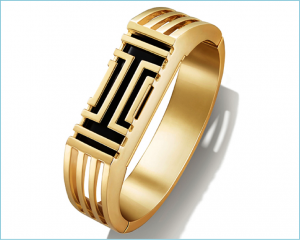Fitbit was the first IPO of the Wearables Era, and it went pretty smoothly. The stock, priced at $20, hit the NYSE at a touch above $30, had a big trade at nearly $32 (making some friend of an underwriter about a $10 million profit for just existing), and then settled within a couple of pennies of $30 for the rest of the day. By 10:30 am, pretty much all the trading excitement was over.
The advance price of $20 was above even Fitbit’s revised projected range. The company raised $732 million at a valuation of $4.1 billion. When it filed its initial S-1, Fitbit said it hoped to raise $100 million. At $30, the company’s valuation is $6.15 billion, roughly that of aircraft maker Embraer, Domino’s, JetBlue, Trimble, and Madison Square Garden.
By all accounts, Fitbit is the leader in the smart band business; IDC has them far in front of everyone but the Chinese Xiaomi, which sells a $15 band, mostly in China, and Samsung. Those figures, however, run only through 1Q15, before the Apple Watch shipped.
Unlike many tech IPOs, Fitbit’s is for a profitable company; it made $131.8 million in 2014 on sales of $745.4 million. This was despite significant headwinds: the recall of its top-of-the-line tracker in 2014, and product delays that caused it to pretty much miss the last holiday season.
Note that the IPO will not affect management of the company. The Series A stock listed on the NYSE carries one vote per share; a Series B stock that’s not for sale carries 10 votes.
